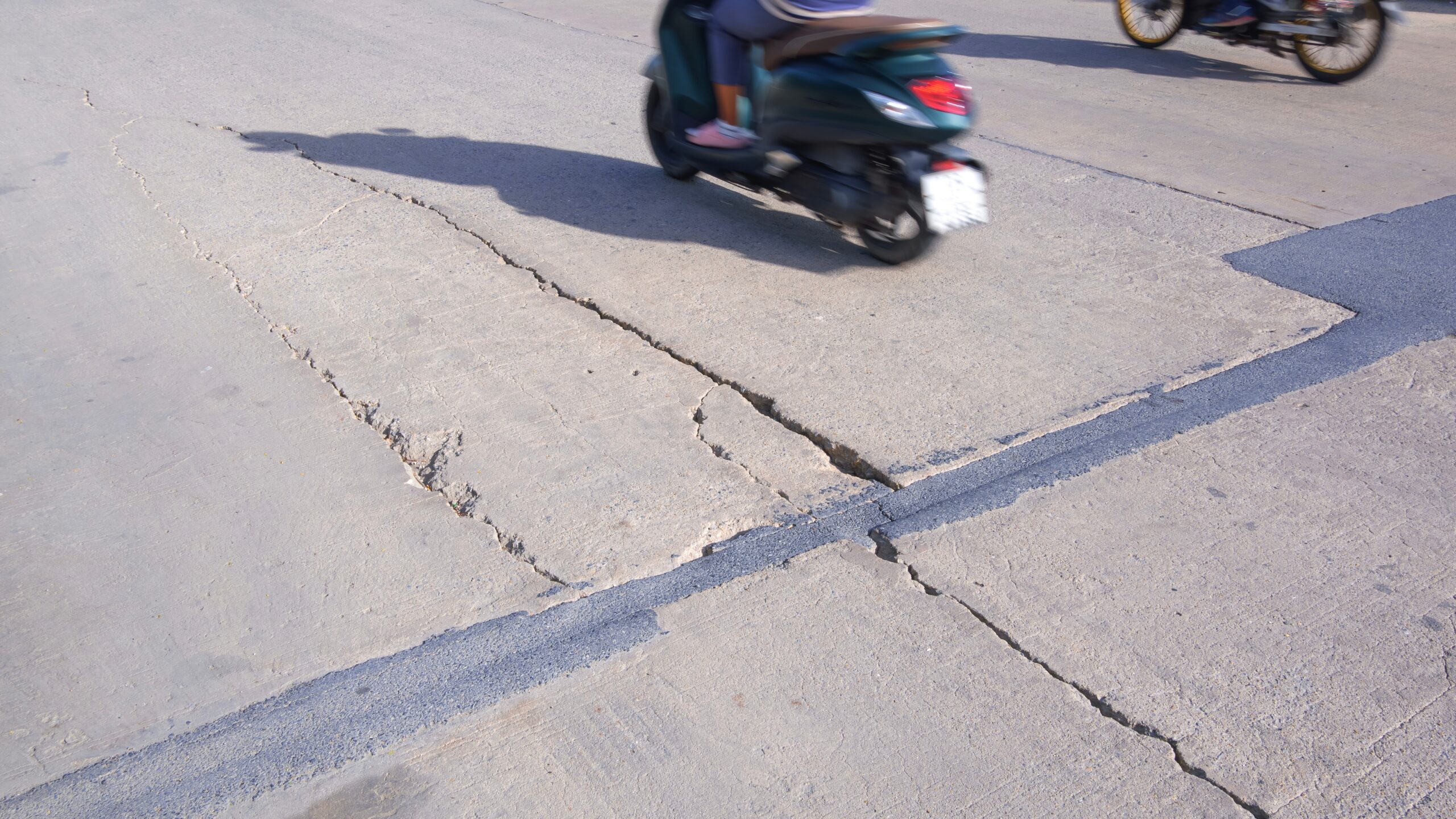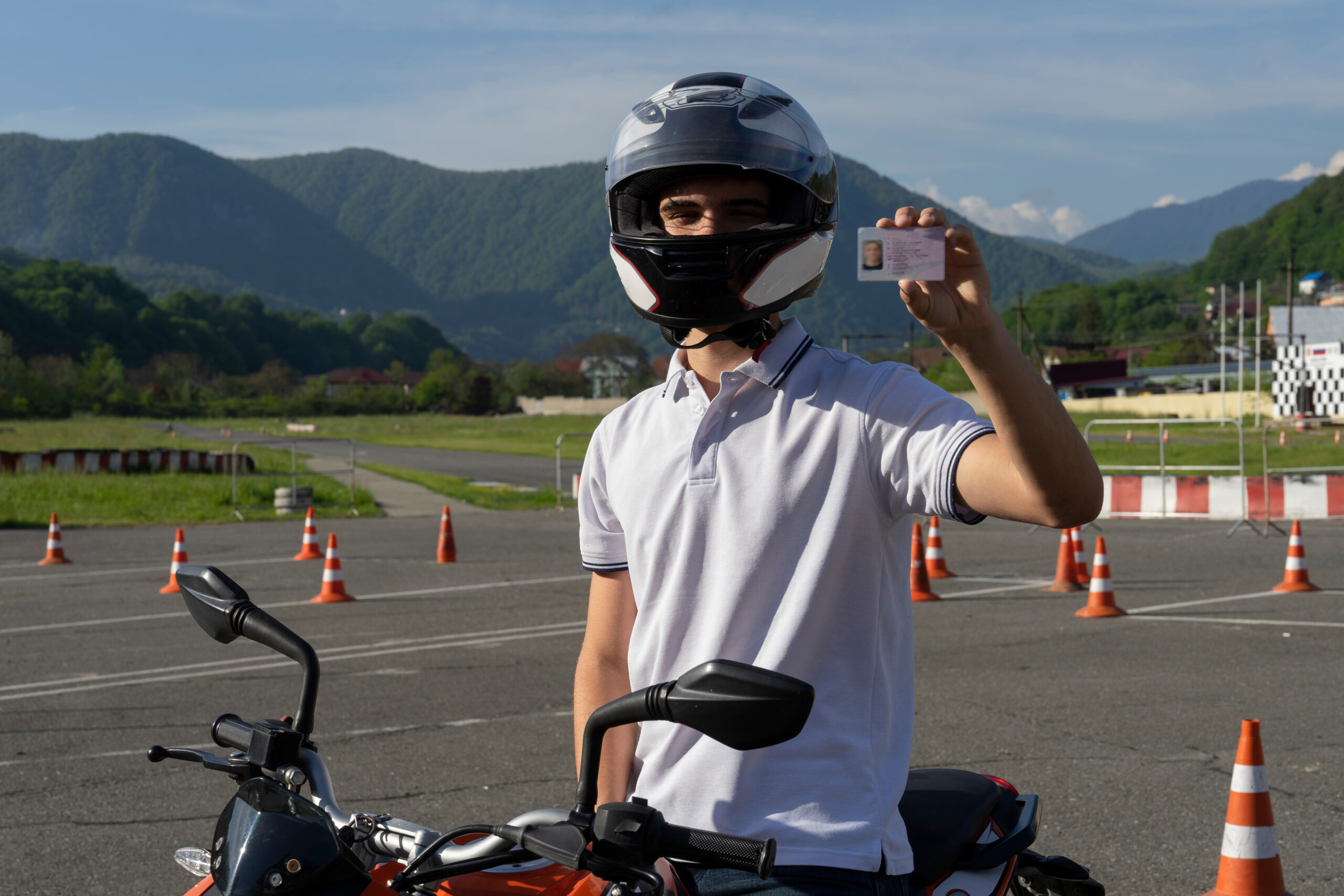Sometimes, obtaining a truly successful outcome in your auto accident case involves not just proving your case and establishing your damages but also making sure that the judgment asserts liability against the right defendants. This is especially true if your damages award is large. Obtain a multi-million dollar judgment against an employee making $15 an hour, and you may recover only a small fraction of your total damages. Obtain that same judgment against the employee and his corporate employer, and you may have a much greater chance of obtaining the full amount of the damages awarded to you.
That is why, in many auto accident situations, it is beneficial, as a plaintiff, to pursue both a driver and the driver’s employer when possible. In many situations, the fact that the accident took place while the employee was commuting to work would close the door on obtaining a judgment against the employer. The “going and coming” rule of liability says that, if an employee causes an accident while going to or coming from work, the employer generally isn’t liable under a respondeat superior theory of liability. In one recent case originating in Orange County, a motorcyclist was allowed to pursue a driver’s employer, even though the accident occurred as the driver was traveling to work.
The vehicle that hit the motorcyclist was a truck, and the owner of the truck was the company that employed the truck’s driver. Since the driver was en route to work when he hit the motorcyclist, the “going and coming” rule was at the heart of the trial court’s reasoning in granting summary judgment in favor of the employer. The driver was commuting to work, so he was not acting in the scope of his employment when he allegedly injured the motorcyclist, the trial judge decided.
There are, however, situations in which this rule does not apply. One of these is when the employee does something more than drive directly to work, such as running an errand for the employer en route from home to work. In this driver’s case, even though his construction company employer paid him only for the time he spent at the worksite (which would usually weigh in favor of holding the employer not liable), there were other extenuating facts in this case, and those were in favor of the plaintiff.
This employer required this employee to drive from home to the company’s “yard” and then to the job site. As part of the stop at the yard, the employee might transport co-workers or materials. According to the appeals court’s opinion, this evidence presented by the motorcyclist created a viable possibility that the driver was on an errand for the employer when the accident occurred, which would mean that he was acting “in the scope of his employment” and that the employer could be liable to the motorcyclist for the injuries he suffered in the accident. Since the evidence was unclear as to whether or not the truck driver was acting in the scope of his employment, the court determined that the truck driver’s employer was not entitled to summary judgment, and the motorcyclist was entitled to continue pursuing his case against the company.
In law, the answer to a great many questions is “it depends.” Very few things are absolute, which is why it is important that you don’t make assumptions about your case. Even if you were injured by a driver commuting to or from work, that doesn’t automatically mean that you necessarily cannot sue the driver’s employer. Instead of assuming, talk to experienced counsel who knows all of the nuances of the law. The skilled San Mateo motorcycle accident attorneys at the Law Offices of Galine, Frye, Fitting & Frangos have been diligently and aggressively representing injured people for many years, helping them seek the recovery they deserve. To set up a free consultation with one of our experienced attorneys, contact us at 650-345-8484 or through our website.
More Blog Posts:
California Appeals Court Reinstates Jury Verdict in Favor of Injured Motorcyclist, San Mateo Injury Lawyers Blog, published Feb. 16, 2017
California semi truck driver collides with motorcyclist, San Mateo Injury Lawyers Blog, published Oct. 29, 2013
How You Can Overcome the ‘Going and Coming’ Rule in Your California Auto Accident Case


